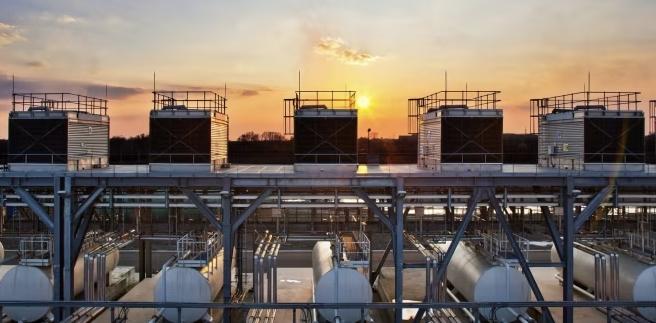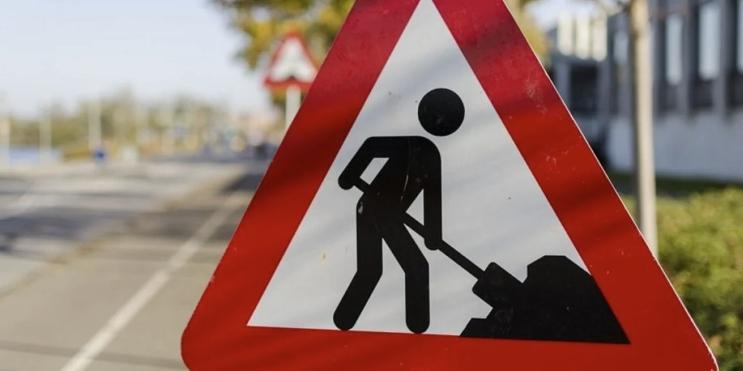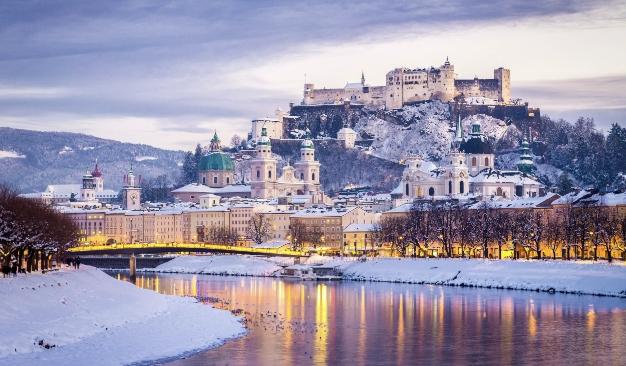In the sun-scorched olive groves of Andalucia, Spain, farmer Pepe Gilabert grapples with arid soils and dwindling yields. Encapsulating a sentiment resonating across Europe, Gilabert laments:
“It’s an espiral diabólico, a devil’s spiral.”
This article delves into the continent’s escalating water crisis, precipitated by leaky pipes, political inertia, and the overarching specter of climate change.
The Dry Reality
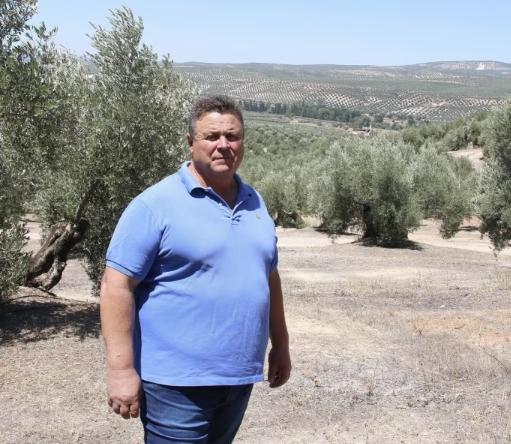
With the consistency of salt, the soil in Gilabert’s olive farms tells a story of an escalating crisis where water is turning into ‘gold dust’. The early onset of droughts, intensified by climate change, has set alarm bells ringing across the continent. Xavier Leflaive of OECD’s environment directorate, warns:
“There is no country in Europe that can pretend to be shielded.”
Farmers, bearing the brunt of the crisis, face a dismal outlook, contending with policies crafted in an era when water was abundant.
Uneven Impacts
Europe is a continent unspared, with even its wettest regions facing water stress due to poor infrastructure and extreme weather events.
“Most [water] regimes in Europe are legacies from times of plenty. They now need to be reformed to reflect scarcity,” opines Leflaive, spotlighting a dire need for systemic reform.
- Belgium, known for its grey skies, is the most water-stressed nation in Europe.
- In Rome, ancient, sieve-like infrastructures result in a staggering 42% loss of water.
- The UK loses approximately a fifth of its supplied water annually.
The unfolding crisis is not just a farmer’s nightmare but a continental threat, with households, industries, and particularly energy production, finding themselves in the crosshairs.
Technological Aids and Policy Paralysis
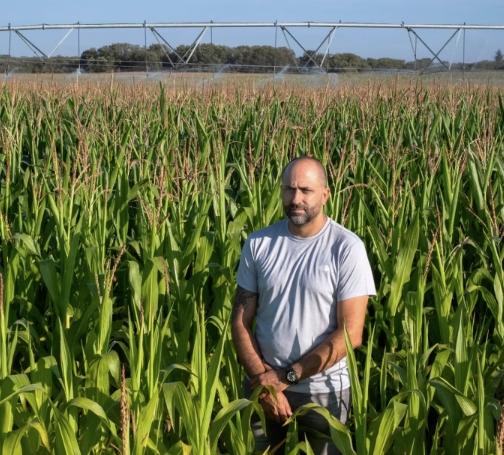
Hector Llorente, a wheat farmer in León, Spain, has turned to technology as a recourse. Leveraging apps like Climate FieldView, he’s slashed water consumption while boosting crop production. Llorente articulates, underscoring an urgent need for proactive water management solutions:
“Water is gold dust, so we are using it wisely.”
However, the specter of climate change looms large, with proactive water management being more the exception than the rule. Governments’ propensity to cushion farmers during droughts has inadvertently stymied innovation and adaptation.
Amidst the crisis, there’s a glimmer of action. EU’s rules on water reuse, French president Emmanuel Macron’s ‘water sobriety’ plan, and the UK’s consideration of mandatory water-efficiency labels illuminate pathways to mitigation.
The Road Ahead
James Leten of the Stockholm International Water Institute encapsulates the prevailing sentiment:
“The problem is getting bigger and bigger.”
He points to the need for democratic adaptation to the growing crisis. Despite the daunting challenges, the intersection of policy reform, technological innovation, and continental cooperation offers a glimmer of hope.
- The World Resources Institute’s advocacy for diversified water usage, prioritizing recycled water for industry and preserving rainwater for drinking.
- Investments in infrastructure to mitigate the staggering 25% loss of drinking water in the EU due to leaky pipes.
- Urgent policy reforms and international cooperation to manage and preserve the continent’s depleting water reserves.
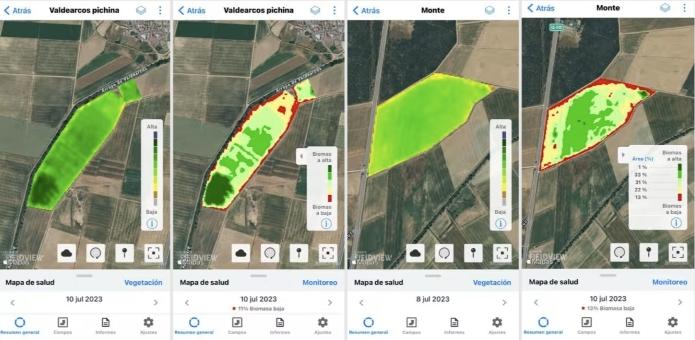
Geoff Townsend of Ecolab succinctly underscores the urgency, heralding a call to action that Europe can ill afford to ignore:
“You have a crisis a long way before you lose water at the tap.”
The unfolding narrative of Europe’s water crisis is a clarion call, not just for the continent but the globe, to reevaluate, innovate, and adapt to the pressing water challenges of our times.

